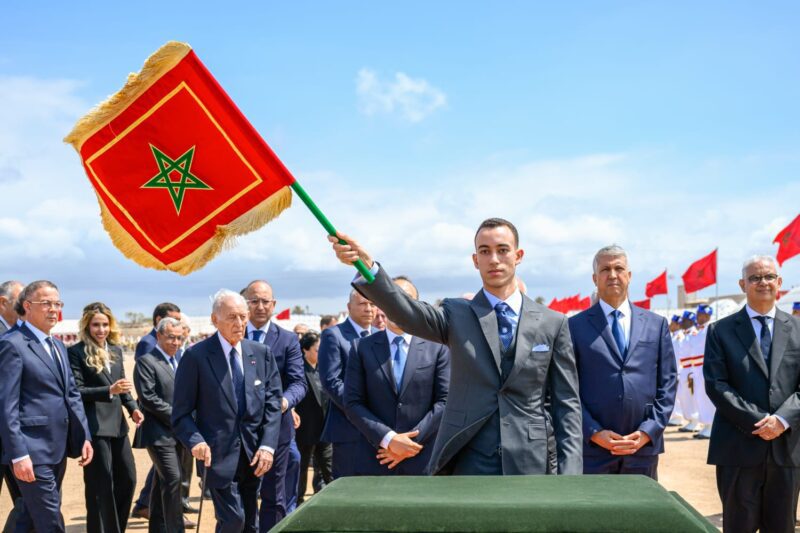In response to the worsening water crisis, Morocco is firmly committing to a seawater desalination strategy to meet its growing needs for drinking water. According to projections announced by Nizar Baraka, Minister of Equipment and Water, this technology is expected to provide half of the country’s drinking water resources by 2030.
During a parliamentary session dedicated to oral questions, the minister specified that the volume of production from desalination will increase from 300 million to 1.7 billion cubic meters per year. This leap forward aims to ensure drinking water supply for nearly 75% of the populations residing in coastal areas.
The impact of this policy goes well beyond just coastal cities. The increased reliance on desalination will free up river resources currently being used to supply major urban centers like Casablanca, El Jadida, and Safi. As a result, the waters of dams such as Bin El Ouidane and Hansali, traditionally used for irrigation and the needs of rural areas, will be better preserved.
Furthermore, Nizar Baraka emphasized the importance of continuing projects for the construction of dams and hydraulic infrastructure. Currently, sixteen large dams are under construction across the country, reflecting a sustained effort to increase the national water storage capacity.
The recent improvement in the water situation was also mentioned. The latest rains, particularly abundant in mountainous areas, have helped recharge groundwater and strengthen the flow of springs and rivers, especially in the Oum Er-Rbia basin, one of the most affected by drought in recent years.
The overall filling rate of the dams has reached 40.2%, which represents 6.7 billion cubic meters of stored water. According to the minister, these reserves should be sufficient to secure the national supply throughout the entire summer season.


